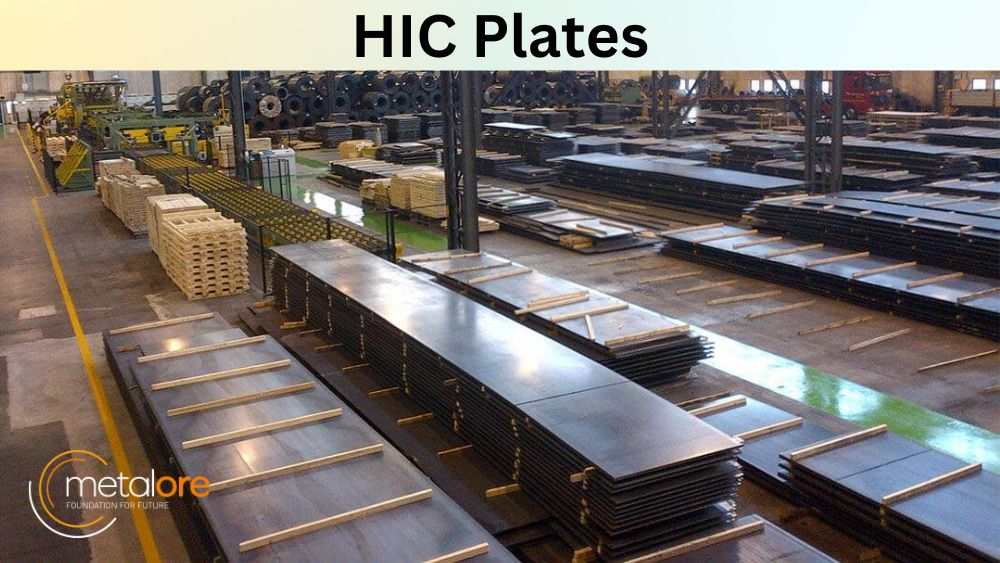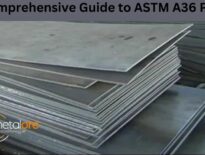In the relentless quest for materials that can withstand the extreme conditions of industrial operations, high impact chromium carbide (HIC) plates have emerged as a superhero in the field of wear resistance. With applications ranging from mining to cement manufacturing, understanding the nuances of HIC plates can be pivotal to the efficiency and longevity of equipment. In this comprehensive guide, we will take a deep dive into the world of HIC plates—what they are, how they are made, and why they matter.
What are HIC Plates?
HIC plates, also known as chromium carbide overlay (CCO) plates, are incredibly hard plates that are welded onto metal substrates to protect surfaces from abrasive wear. Think of them as an ultra-tough outer armor that extends the life of machinery and equipment. The term “high impact” refers to a key enhancement—HIC plates are specifically designed to not only handle abrasion but also resist impact, providing a comprehensive defense for vulnerable surfaces.
Understanding the Composition
The secret to the extraordinary resilience of HIC plates lies in their composition. Typically, these plates are made of a mild steel base that is coated with a layer of complex carbides. Chromium is the primary alloying element in these carbides, providing superior hardness and wear resistance.
The Manufacturing Process
The fabrication of HIC plates is a meticulous process. Below is an overview of the key steps involved.
- Plate Selection: A high-quality, clean steel plate acts as the foundation.
- Cutting: The steel plate is cut to the required dimensions, ensuring a precise fit.
- Application of Carbide Mixture: Using various methods such as submerged arc welding or plasma transfer arc, a special mixture of chromium carbides is fused onto the steel surface.
- Cooling: The newly formed layer is subjected to controlled cooling, tempering the carbides without compromising their hardness.
- Quality Control: The final product undergoes rigorous testing to ensure it meets the specified standards for hardness, uniformity, and other critical properties.
The Benefits of HIC Plates
The application of HIC plates offers a myriad of advantages, making them the go-to choice for industries that demand high durability and performance.
Superior Wear Resistance
HIC plates significantly increase the lifespan of equipment by providing a harder, more durable surface that is virtually impervious to abrasion. This translates to reduced maintenance, downtime, and replacement costs.
Enhanced Impact Protection
Unlike many traditional wear-resistant materials, HIC plates are designed to withstand not only abrasion but also heavy impacts. This provides a dual-layer of protection, ensuring that the integrity of the underlying structure is safeguarded against all forms of wear and tear.
Increased Productivity
With machinery operating at peak performance for longer periods, productivity is naturally enhanced. HIC plates allow for a more efficient and consistent output without the need for frequent interruptions for repairs or maintenance.
Versatility
HIC plates can be custom-tailored to fit almost any size or shape, adapting to a vast array of applications. Whether it’s the bucket of an excavator or the lining of a chutework, these plates can be designed to precise specifications.
Selecting HIC Plates for Your Industry
Industries that involve bulk material handling, such as mining, power, and construction, can reap substantial benefits from the implementation of HIC plates. When choosing the right type of HIC plate, several factors come into play.
Identifying Your Wear Environment
Understanding the nature of the wear that your equipment is subjected to is fundamental. This includes analyzing the types of materials, the angles and patterns of abrasion, and the expected life cycle of the equipment.
Tailoring to the Challenge
A one-size-fits-all approach does not work with HIC plates. The plate’s thickness, carbide composition, and welding technique must be selected based on the unique challenges of your application.
Long-Term Cost Analysis
While the initial investment in HIC plates may be higher than other wear solutions, a comprehensive cost analysis will often reveal significant long-term savings. Consider the cost of downtime, labor, and replacement parts over the lifespan of your equipment.
Installation and Maintenance of HIC Plates
Proper installation and maintenance are critical to the effectiveness of HIC plates. Here’s how to ensure they perform optimally.
Skilled Installation
HIC plates should be installed by trained professionals who understand the nuances of welding and working with these specialized materials. The welding process, temperature control, and the quality of the weld itself are all crucial factors.
Routine Inspections
Regular inspections should be conducted to monitor the condition of the plates. Any signs of cracking, peeling, or wear on the overlay should be addressed promptly.
Maintenance Best Practices
In the event that maintenance or replacement is necessary, it is important to use the correct procedures to preserve the integrity of the entire system. This may involve reclamation of the original substrate and reapplication of the HIC plates.
The Future of HIC Plates
The field of wear protection is continually evolving, and the future of HIC plates is no exception. Innovations in material science and fabrication techniques are likely to lead to even more durable and efficient versions of these plates.
Advancements in Materials
Research is ongoing to develop new materials that offer superior wear and impact resistance. These materials may include different combinations of carbides, as well as alternative base metals.
Improved Manufacturing Techniques
Advances in welding technology and the application of overlay techniques might result in HIC plates that are easier to produce, yet even more robust.
Digital Monitoring and Predictive Maintenance
Integration of digital sensors and monitoring systems could allow for more proactive maintenance, with early warnings of plate degradation and wear, enabling timely corrective actions.
Conclusion
High impact chromium carbide (HIC) plates represent a significant leap forward in the realm of wear protection. From their remarkable hardness to their diverse applications and impressive durability, HIC plates are redefining the standards for longevity in industrial equipment. By understanding their composition, benefits, and correct usage, industries can leverage the power of HIC plates to ensure their operations remain at the cutting edge of efficiency and performance.
Implementing HIC plates is not just about mitigating wear—it’s about investing in the future of industrial sustainability. If you’re looking to fortify your equipment against the rigors of daily operation, it may be time to consider the impact of HIC plates on your bottom line. With the right approach to selection, installation, and maintenance, these plates could be the armor your machinery needs to not just survive, but thrive.


